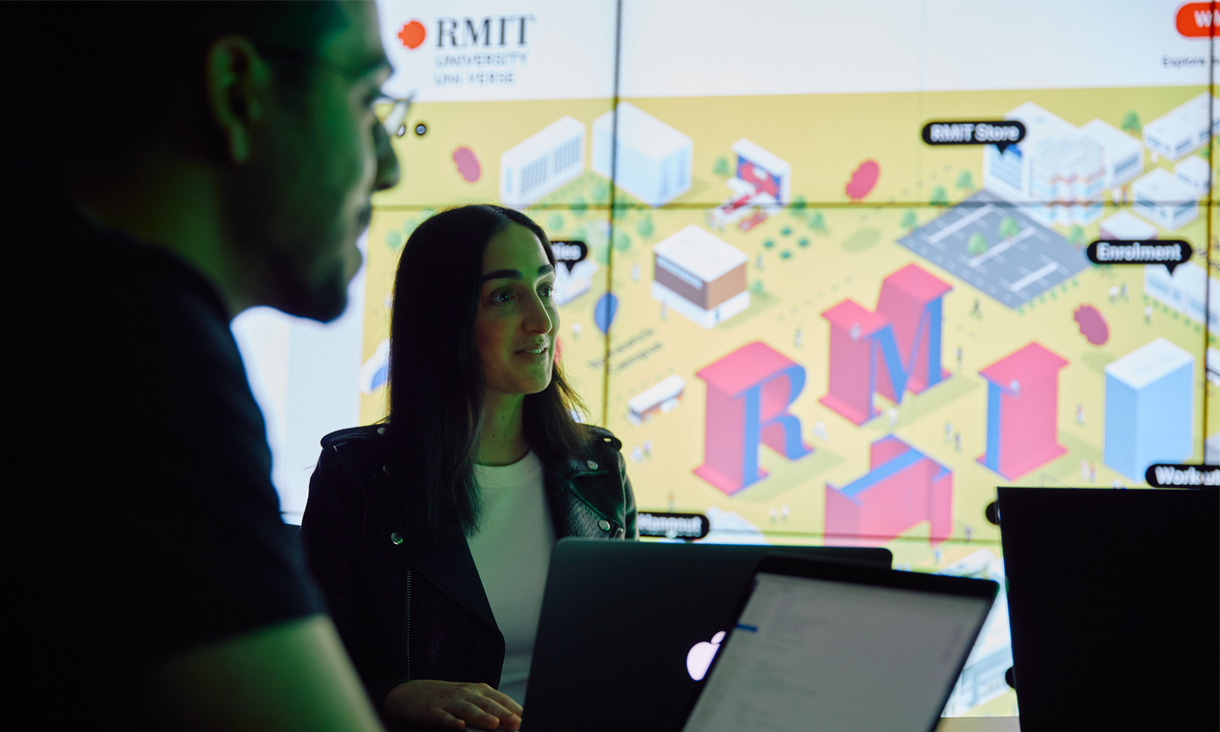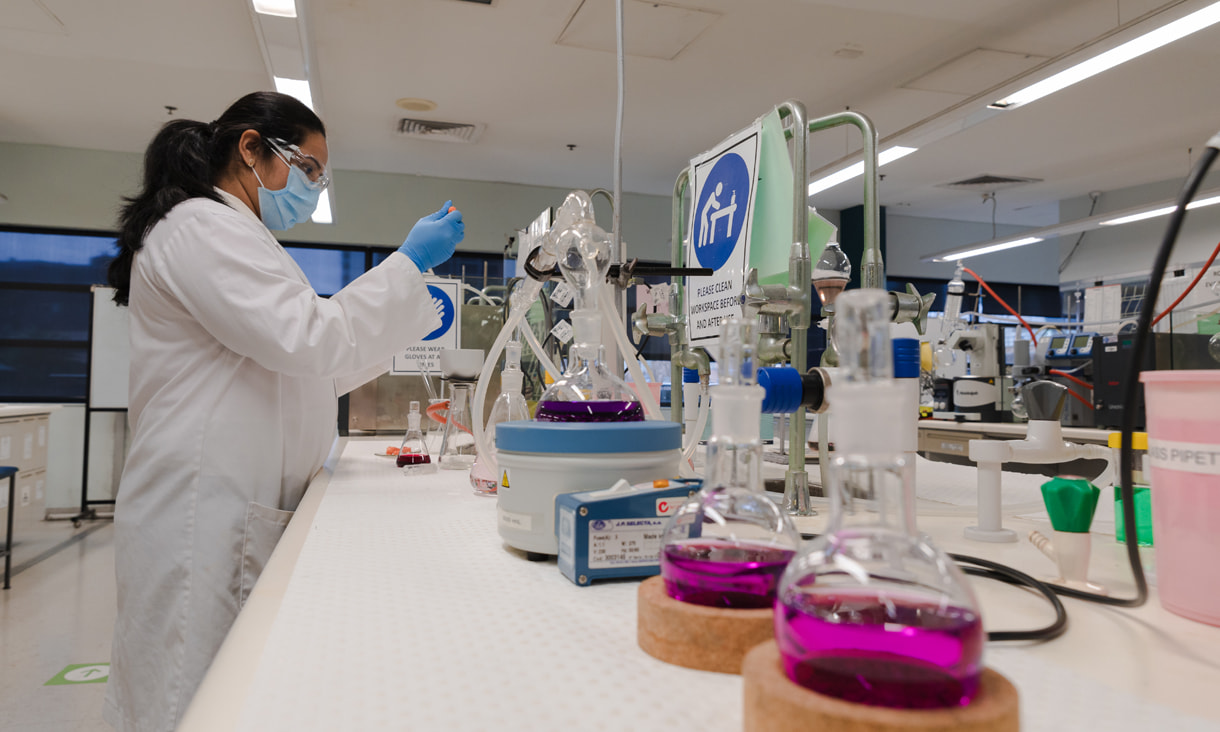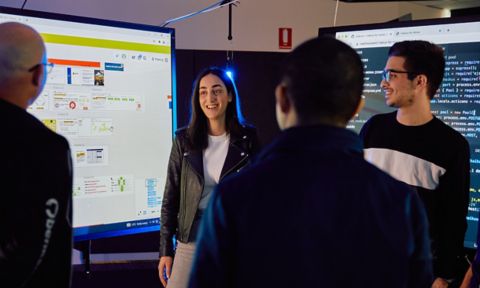What's new in STEM at RMIT
Get the skills of tomorrow in a dynamic, future-focused STEM course that’ll help you achieve your goals. RMIT’s STEM degrees are flexible, industry-connected and will help you define your career.
Five emerging IT careers that didn’t exist 10 years ago
New technology continues to spearhead innovation across industries far and wide, and at the forefront of that change is IT.






